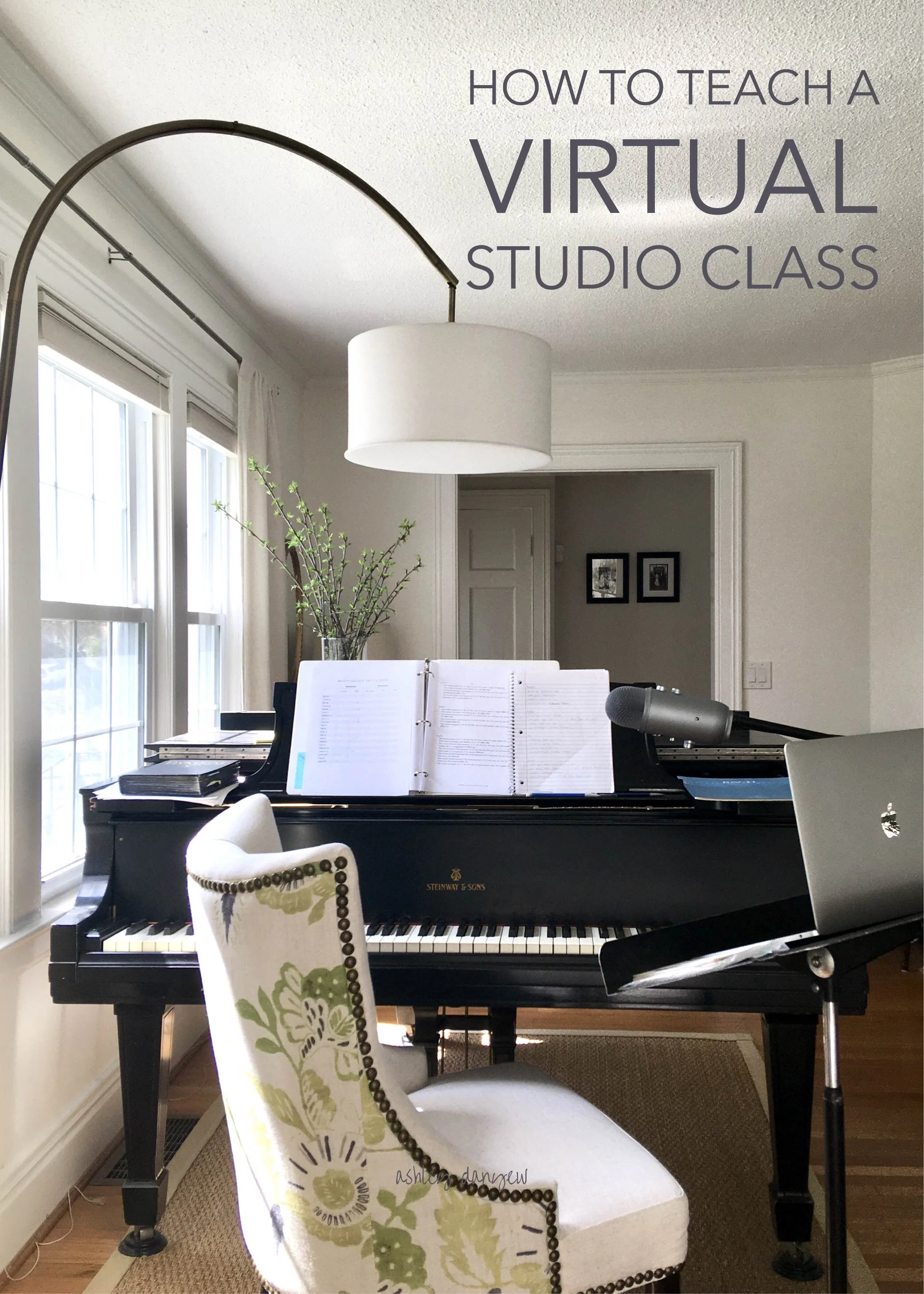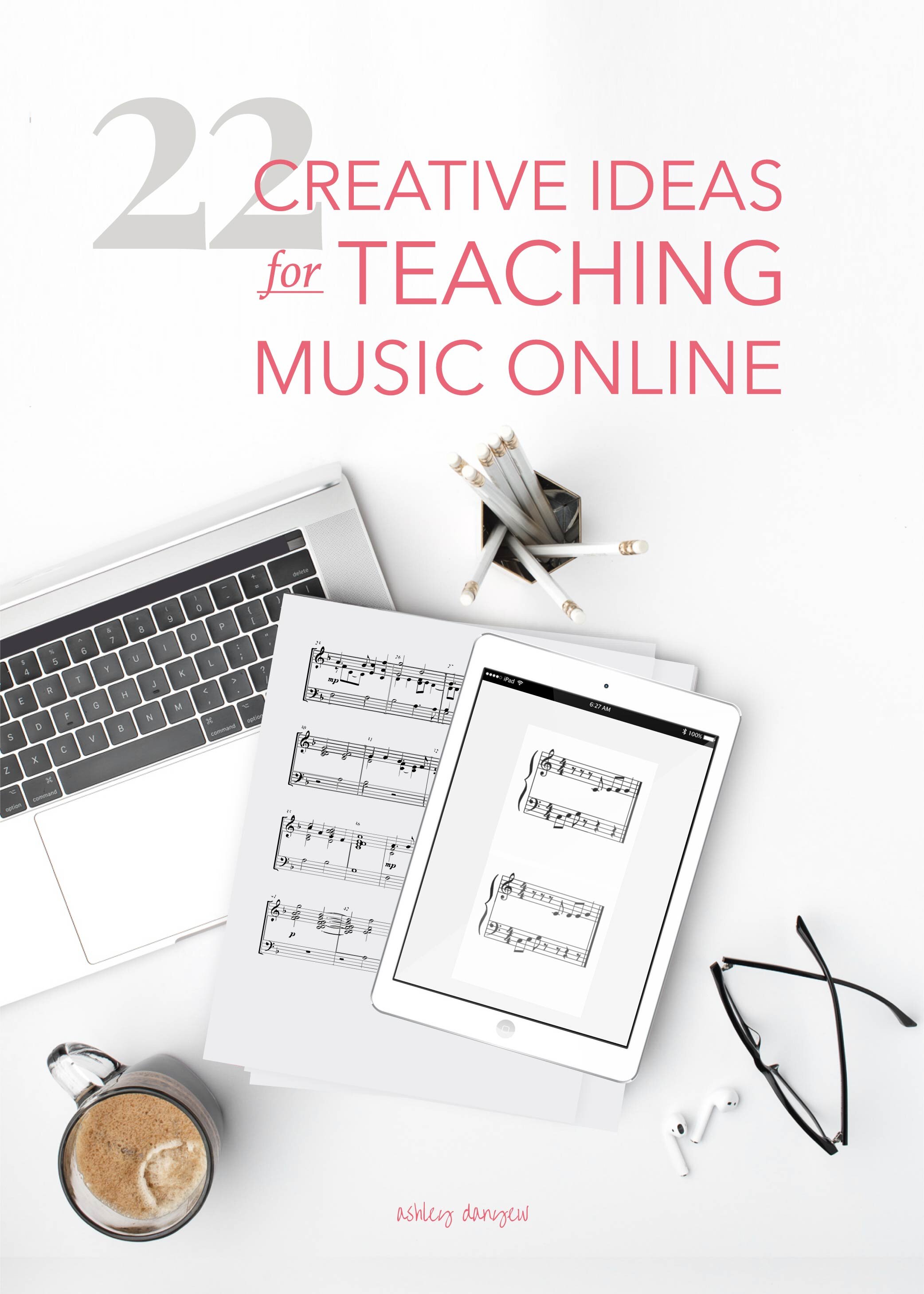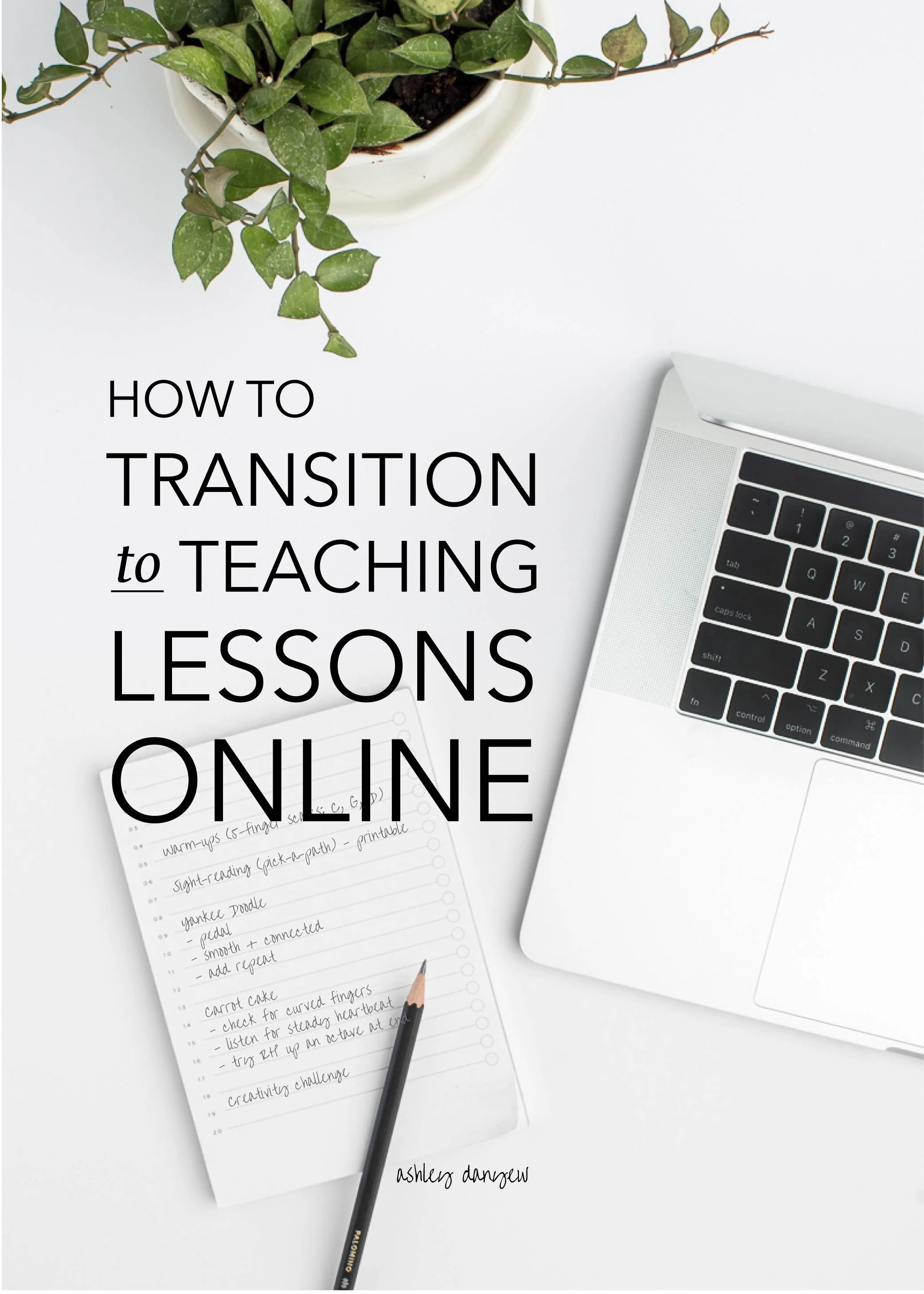These are strange times we’re living in.
Who would have thought that we’d find ourselves worshipping through a screen — together, but apart, that congregations would scatter, events would be canceled, and choirs would not be able to sing?
And yet, for the safety of our friends and neighbors and community members, here we are. Each in our own homes, flattening the COVID-19 curve, but missing the connection, the fellowship, the joy that comes with making music together.
I’ve been thinking about creative ways you can connect (and sing!) with your choir virtually and today, I’m sharing a round-up of 19 ideas (for adult choirs and children’s choirs) that you can start using right away.

















